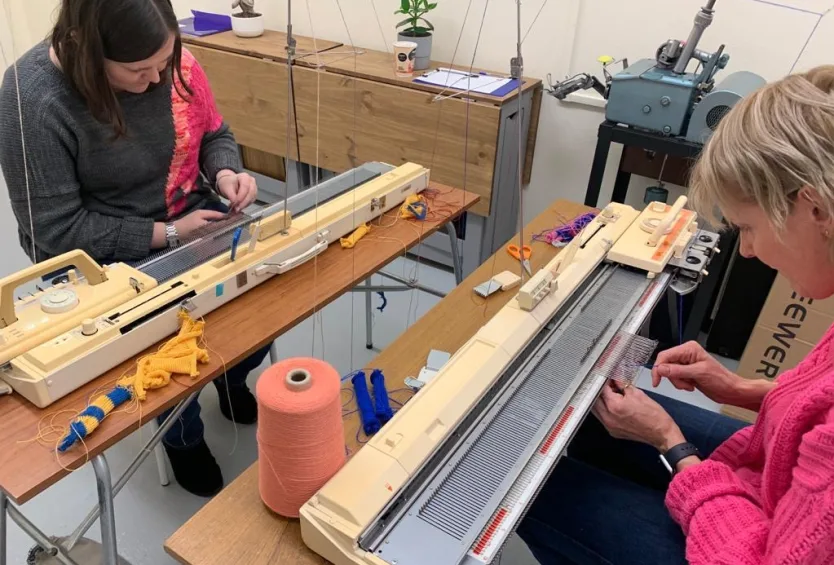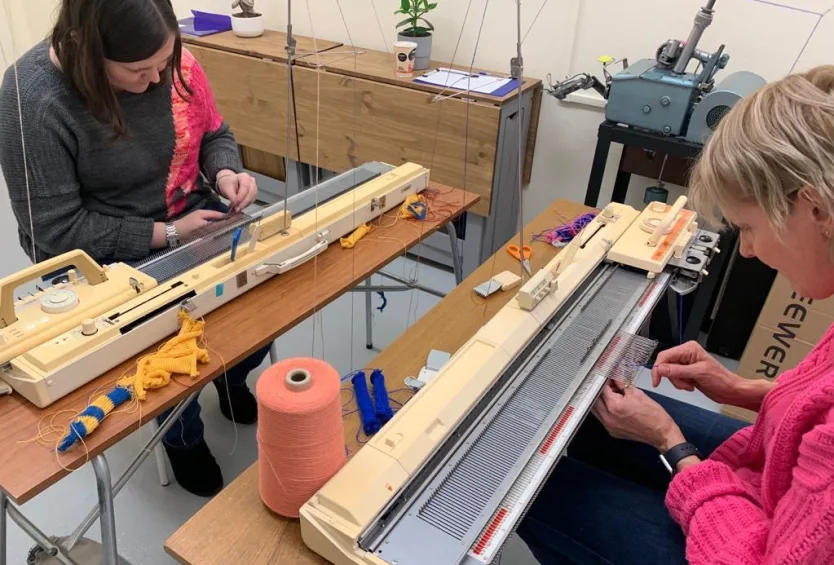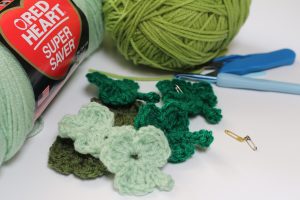The Art of Knitting and Crocheting in Nigeria: A Timeless Craft

Knitting and crocheting have long been cherished crafts in Nigeria, weaving together tradition, creativity, and functionality. These handmade arts, once primarily associated with older generations, have seen a remarkable resurgence in recent years. From stylish fashion pieces to home décor, the art of knitting and crocheting continues to evolve, blending cultural heritage with modern trends.
The Origins of Crochet in Nigeria
The precise origins of crochet in Nigeria are not well-documented, making it challenging to pinpoint exactly when and how the craft was introduced to the country. Globally, crochet’s history is somewhat enigmatic, with suggestions that crochet-like techniques may have been used in ancient civilizations across the Middle East, South America, and China.
In Nigeria, crochet has traditionally been viewed as a skill associated with older generations. However, in recent years, there has been a significant resurgence in its popularity, particularly among younger Nigerians. This revival is partly due to the efforts of individuals like Bolade Kolade, who rekindled her passion for crochet during her national youth service and transformed it into a successful business, gaining international recognition. Today, crochet in Nigeria represents a blend of cultural heritage and modern innovation, reflecting the dynamic nature of the country’s artistic expressions.
The Resurgence of Handmade Fashion
With the rise of sustainable and handmade fashion, Nigerian designers and crafters are turning to knitting and crocheting to create stunning garments and accessories. Social media platforms have played a major role in promoting these crafts, allowing artisans to showcase their works to a global audience.
Some reasons for the growing popularity include:
- Customization & Uniqueness – Handmade pieces allow for personalized designs, colors, and patterns that stand out from mass-produced clothing.
- Sustainability – With an increasing awareness of fast fashion’s impact, many are choosing eco-friendly alternatives like handmade crochet and knitwear.
- Economic Empowerment – Many Nigerian artisans, particularly women, are turning their skills into thriving businesses, selling their handcrafted goods locally and internationally.
Knitting and Crocheting in Modern Nigerian Fashion

The incorporation of knitting and crocheting into contemporary Nigerian fashion is evident in the array of stylish designs seen today. From intricately crocheted dresses to trendy knitted bags and swimwear, these crafts are making bold statements on runways and social media platforms.
Nigerian designers are blending modern styles with traditional techniques, producing:
- Elegant crochet gowns for special occasions
- Chic knitted tops and skirts
- Handcrafted crochet swimwear and beachwear
- Cozy and stylish accessories like scarves, bags, and hats
The Role of Social Media and Online Communities
The power of social media has significantly contributed to the visibility of knitting and crocheting in Nigeria. Artisans leverage platforms like Instagram, TikTok, and YouTube to share their works, offer tutorials, and connect with potential buyers. Online communities and groups also provide learning resources for beginners and opportunities for collaboration among crafters.
Challenges and Opportunities
Despite its growing popularity, the craft faces challenges such as:
- The high cost of quality yarn and materials
- Limited access to knitting and crocheting workshops or formal training
- The perception that handmade items should be cheaper despite the time and effort involved
However, there are plenty of opportunities for expansion, including:
- Increased awareness and appreciation of handmade fashion
- Government and private sector support for local artisans
- The rise of e-commerce platforms making it easier to sell and ship products worldwide
Conclusion
Knitting and crocheting in Nigeria have evolved from simple pastimes into powerful expressions of creativity and economic empowerment. With continued support, innovation, and awareness, these crafts will continue to thrive, bridging the gap between tradition and modernity.
Are you a lover of crochet or knitting? Share your thoughts and experiences in the comments below!



